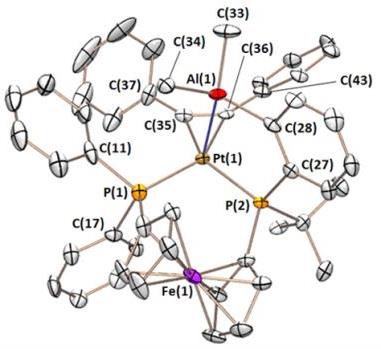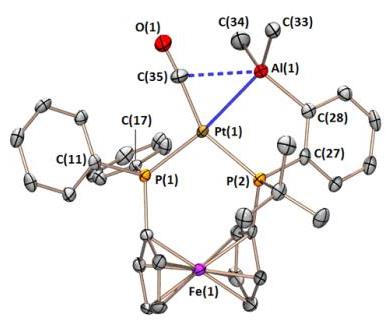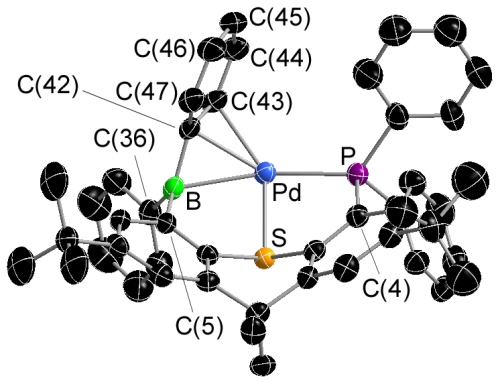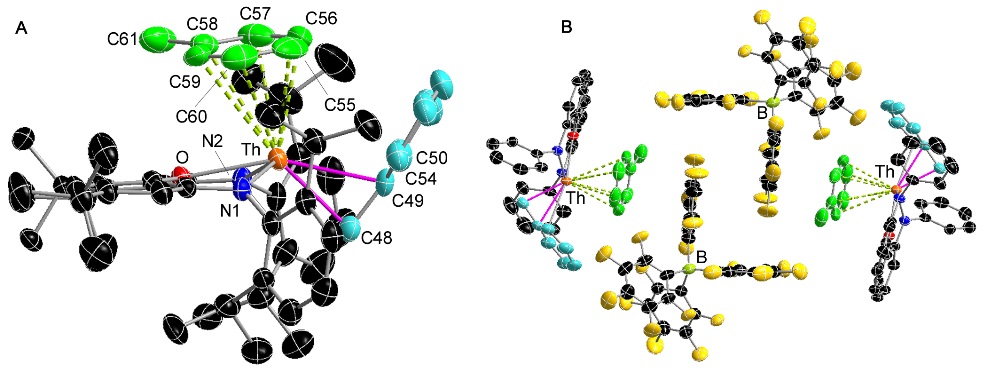| Emslie Group - Gallery of Favorite X-Ray Crystal Structures |
| Home | Emslie CV | Research | Publications | Conferences | People | X-Ray Structures | Techniques | Journals | Links |
Note: this page is under construction - some of the images are low resolution, and will be replaced with higher resolution images over the next few months.
Contents:
- Alane-appended platinum complexes
- FcPPB platinum complexes
- Rh TXPB complexes
- Rh-Fe heterobimetallic complexes of TXPB
- Pd complexes of TXPB
- Pt alkyl and aryl complexes of TXPB
- PS- and PSP-donor ligand complexes
- Vinylborane complexes of Pt and Ni
- Th complexes
- U complexes
- Y complexes
- Alkali metal complexes
- Mn complexes
- Cu, Zn and Al complexes formed en route to copper metal deposition
Manganese Alkyl/Allyl ComplexesVolatile and thermally robust mixed alkyl / allyl complexes. Their thermal stability is remarkable given their high spin d5 configuration!
|
Dimetallic Copper and Zinc ComplexesThe complexes below are formed as intermediates in the reactions of [CuL2] (L = N-isopropyl-2-pyrrolylaldimine) with ZnEt2 or AlMe3 to deposit copper metal.
|









 TXPB 503.jpg)
 TXPB 503.jpg)







 TXPB dimer 499.jpg)


3.jpg)















 XA2 v1 800.jpg)
 TXA2 v1 800.jpg)
 XA2 v1 800.jpg)
 TXA2 v1 800pix.jpg)











